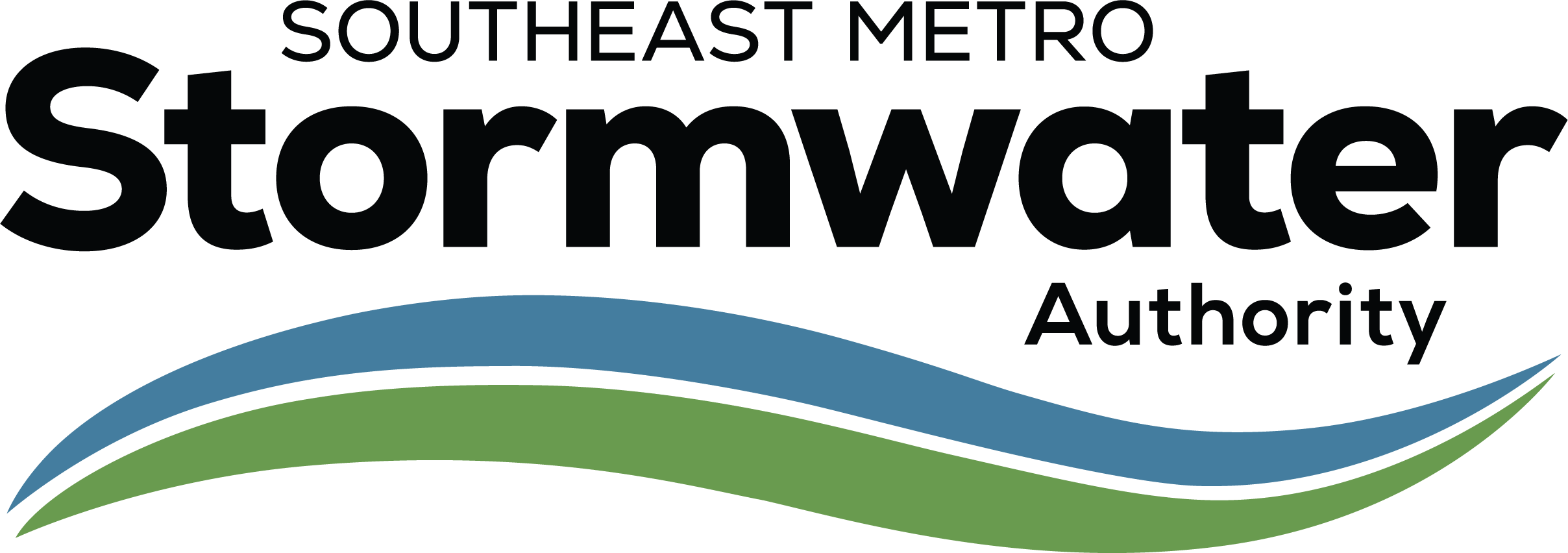Insurance Agents
Top Ten Facts That Every Insurance Agent Needs To Know About The National Flood Insurance Program (NFIP)
- It doesn’t matter if the property is in the floodplain or not. Almost everyone in the community qualifies for flood insurance coverage and nearly every community throughout the United States participates. Encourage policyholders to insure to value and to buy contents coverage.
- One option combines structure and contents coverage in one. It’s perfect for people located in B, C, and X zones where 20-25% of all flood insurance claims occur.
- Single family residences can be covered for up to $250,000 on the structure and $100,000 on the contents.
- Commercial structures can be insured to a limit of $500,000 for the building and $500,000 for the contents.
- Several companies have developed flood insurance rating software to save you time, money, and office space.
- For a free list of rating products, access the FEMA web site at http://www.fema.gov/business/nfip/software.shtm.
- Flood insurance premiums are easier to pay using major credit cards. Check with your WYO Company.
- Provisional rating makes coverage available before the elevation certificate is complete.
- Both unincorporated Arapahoe County and the City of Centennial participate in the NFIP’s Community Rating System (CRS). SEMSWA maintains elevation information on structures. Both CRS communities earn premium discounts!
- Basement coverage includes cleanup expense and items such as furnaces, water heaters, washers and dryers, air conditioners, freezers, utility connections, and pumps.
- Basement coverage does not include the contents of a finished basement and improvements, such as finished walls, floors, and ceilings.
- Federal disaster assistance declarations are awarded in less than 50% of flooding incidents. The annual premium for an NFIP policy is less expensive than interest on Federal disaster loans. Wouldn’t it be better for your clients to be insured before the loss occurs?
- If the initial purchase of flood insurance is in connection with the making, increasing, extending or renewing of a loan, there is no waiting period.
- If the initial purchase of flood insurance is made during the 13-month period following the issuance of a revised flood map for a community, there is one-day waiting period. There is also an exception on the waiting period for post wildfire floods.
- For more information, call the National Flood Insurance Program toll free at 1-800-427-4661, TDD 1-800-427-5593 http://www.fema.gov or http://www.floodsmart.gov
It is not just high-risk areas that are flooded. On average, 25-30 percent of all flood insurance claims come from medium or low-risk flood areas. Relying on Federal disaster assistance is not the answer. Federal disaster assistance is only available if the President declares a state of disaster. Even then, disaster assistance is often a loan that must be repaid with interest, in addition to mortgages, other loans, and credit card debts. Advise your client that flood insurance pays even if a disaster is not declared.
Anyone in a community that participates in the National Flood Insurance Program (NFIP) can purchase building and/or contents coverage, with a few exceptions. Buildings principally below ground or entirely over water are not eligible for NFIP flood insurance. Both the City of Centennial and unincorporated Arapahoe County participate in the NFIP.
These are the areas with the highest risk for flooding, shown on Flood Insurance Rate Maps as Zones A or V. Over a 30-year mortgage, homes in these zones have a 26-percent chance of being flooded.
Lenders will notify borrowers if flood insurance is required as a condition of the mortgage loan (National Flood Insurance Reform Act of 1994). Check with SEMSWA or visit www.floodsmart.gov to evaluate your flood risk. Copies of flood hazard maps can be downloaded at http://msc.fema.gov. Or visit our Determine if a Property is in the Floodplain page.
Yes. Colorado has a disclosure laws for real estate professionals that address all natural hazards, including flood.
